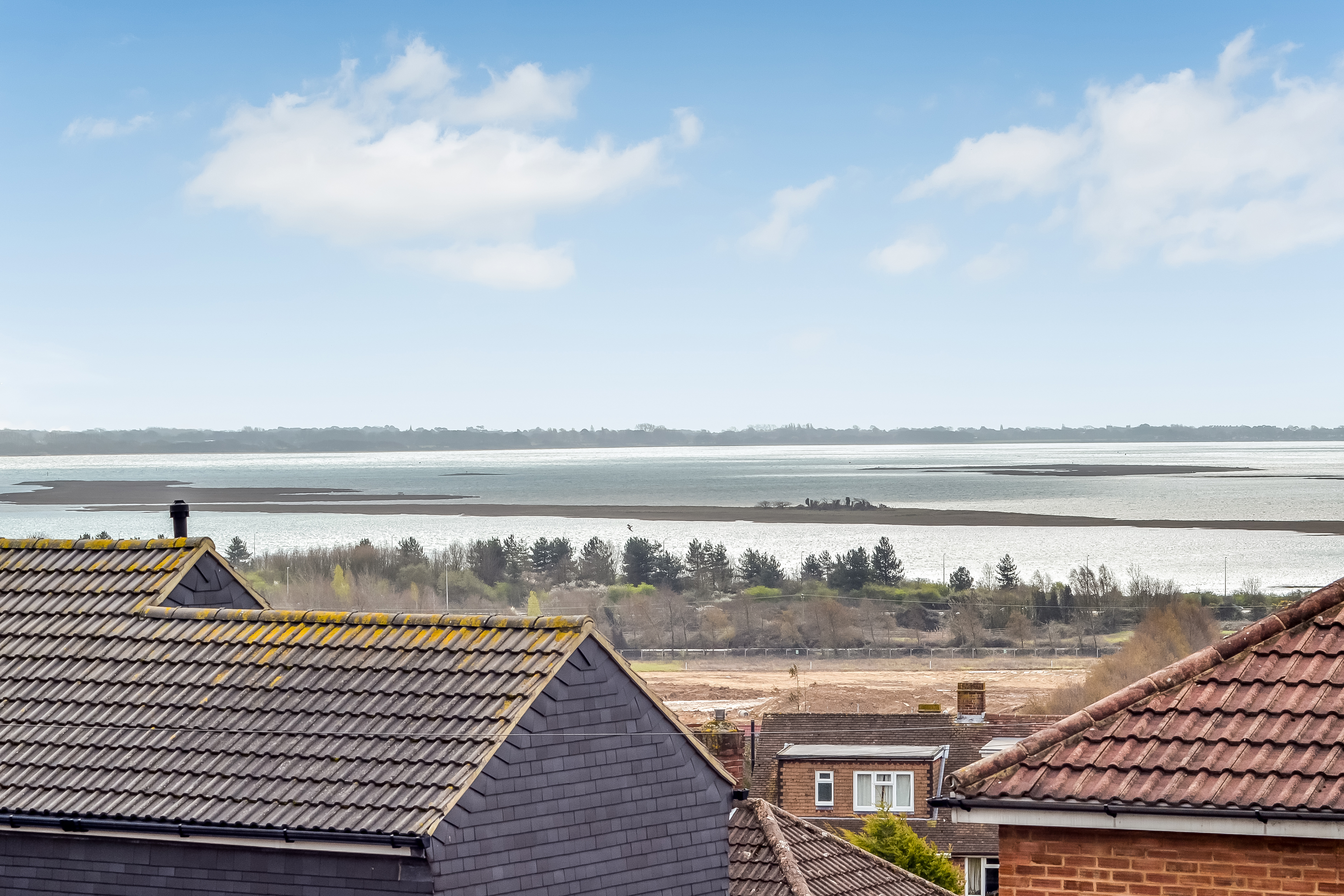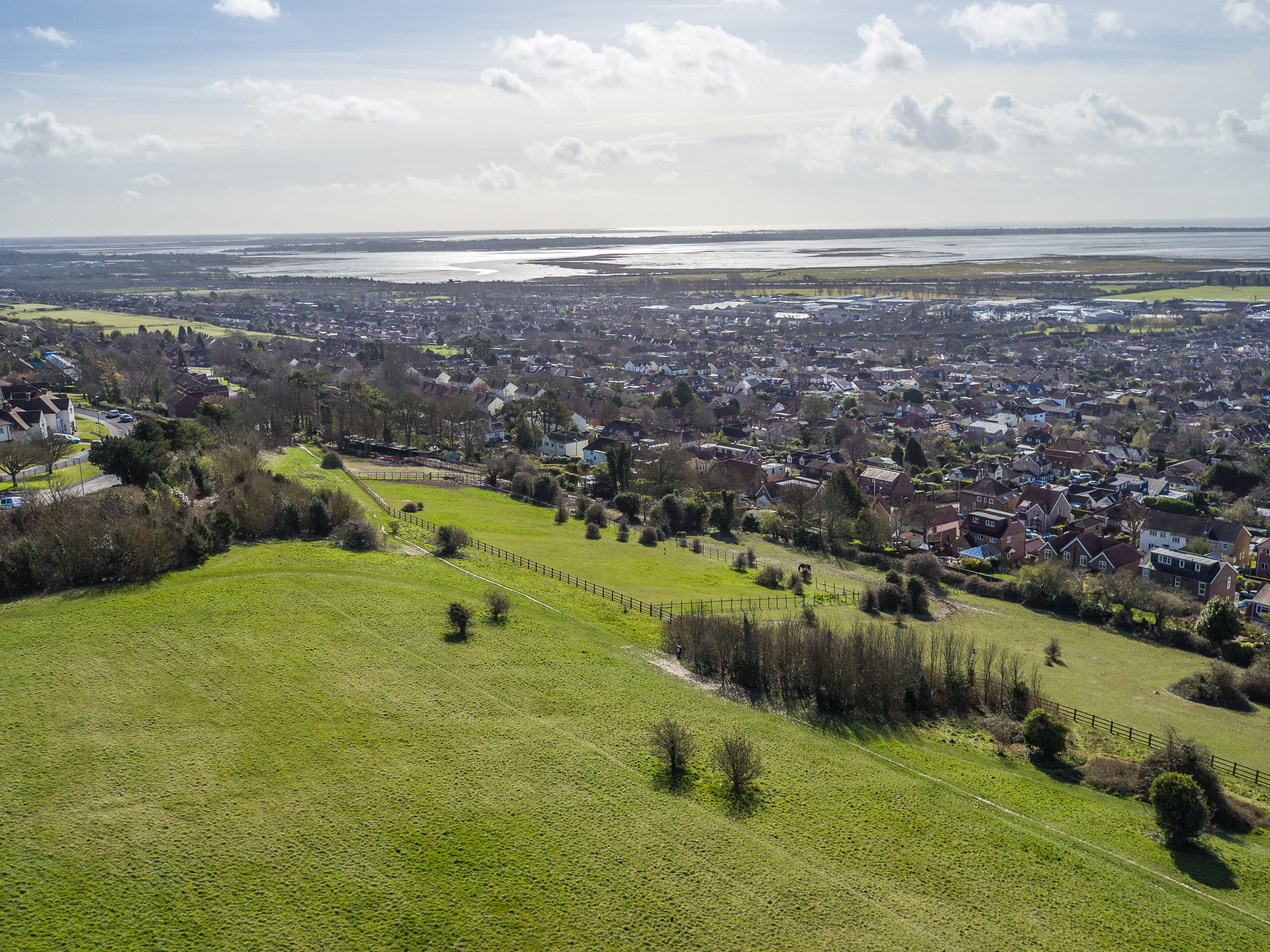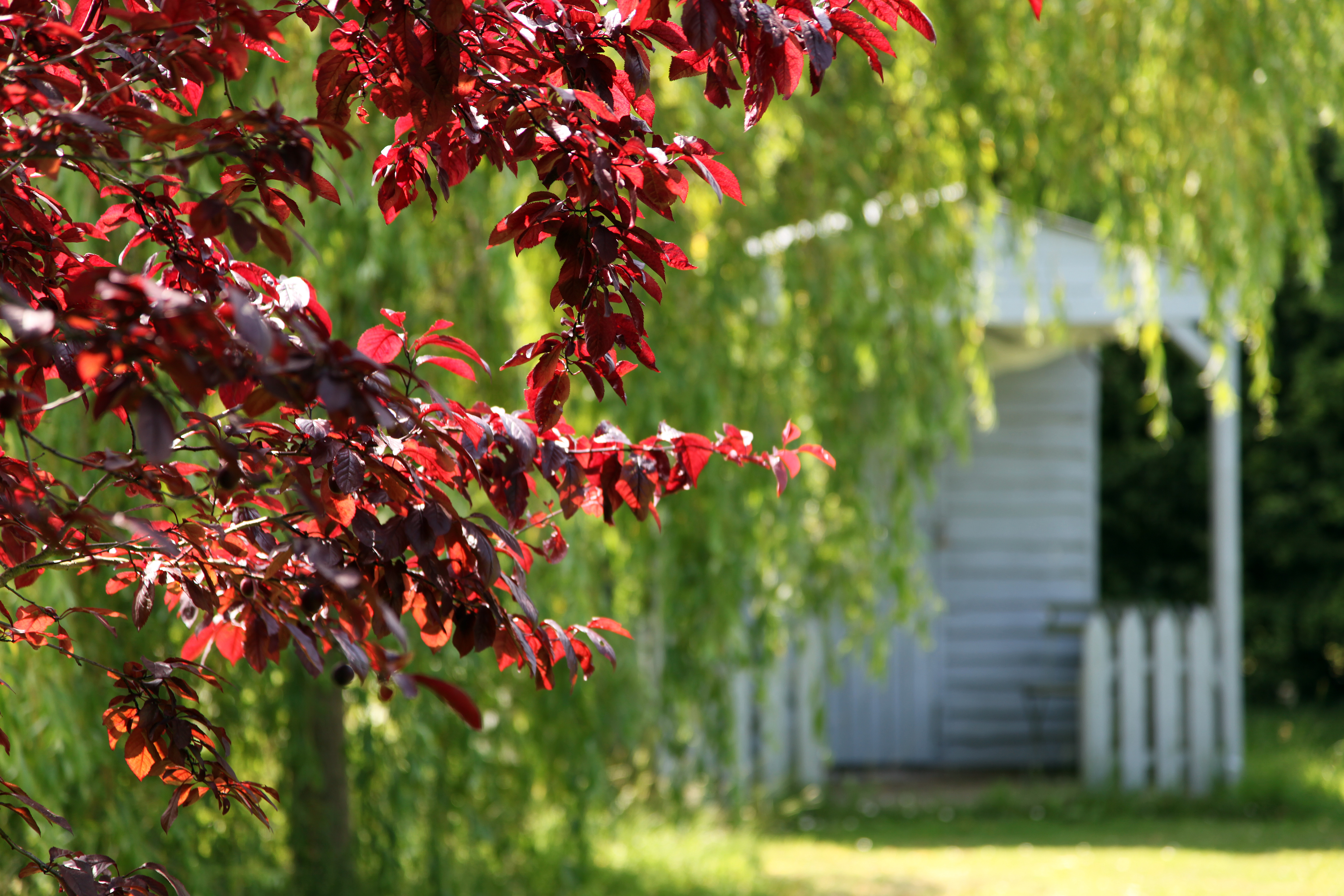Farlington
Farlington, a district of Portsmouth, together with Drayton and Cosham is the face of suburbia, the area was, until 1930, made up of pockets of orchards, parish owned land and small holdings, with some grand Victorian / Edwardian Villa’s. It was purchased by Portsmouth City Council with the idea of moving the growing population out of the city.
Portsmouth, being the UK’s largest Naval Base had a large population, with many people staying here after the First World War, the coastline (sea air), sunny weather and good climate meant people stayed here rather than returning to the midlands and north.
The expansion onto the hill slopes overlooking Portsmouth was seen by many as a up market move, the suburbs with a view.
Most of the homes in Farlington were built between the late 1920’s and 1970’s, there are few new sites available, other than back land building.
Building with a licence was common in the 1930’s and 1950’s so most homes were built with 1600 sq ft of accommodation (average 3 bedroom), nowadays a lot of the smaller bungalows built in the 1930’s on large plots, have now been knocked down and replaced with large detached homes.
Farlington is situated with Portsea Island and City of Portsmouth to its south. The district is a residential area for most parts and also includes a substantial industrial estate towards the east.
The district of Farlington is the face of affluence in Portsmouth. Large properties abound in this area which is characterised by large open spaces and parks such as Zetland Park and Drayton Park. The topography of the area is full of elevated positions, small hilltops overlooking the nearby shoreline, offering properties with myriad backdrops. Most properties are of recent origin, although a few properties belong to the 16th Century vintage and are Grade II listed. Several properties are between 50 and 80 years old and have been modernised. Detached and semi detached properties abound in this area and several sport the Art Deco style of the 1930s.
Farlington is the face of new development in Portsmouth. Besides the many parks and open spaces, the area is home to a nature reserve. It is well developed with modern conveniences for its residents including schools, supermarkets, commercial establishments and a good road network. Among the two churches in Farlington, St Andrew Church is an ancient parish church. Farlington’s history is well represented by its three forts namely Southwick, Widley and Purbrook.
Farlington offers many educational institutions and among them the Highbury Primary School stands out, serving nursery and year 1 to year 6 pupils. Similarly, Springfield School is the prominent secondary school. The school, a co-educational community secondary school, is a Leading Edge School.
Farlington is served by the A2030 road. Other roads such as the A27, A3 (M), M27 and M275 are all within easy reach. Though Hilsea railway station is the nearest railway station, better services are offered from the Portsmouth and Southsea railway station on the Portsmouth Direct Line that connects Portsmouth Harbour and London Waterloo. Hovercraft and catamaran services are also available at Southsea. Southampton airport is the nearest airport, 20 miles to the west.







